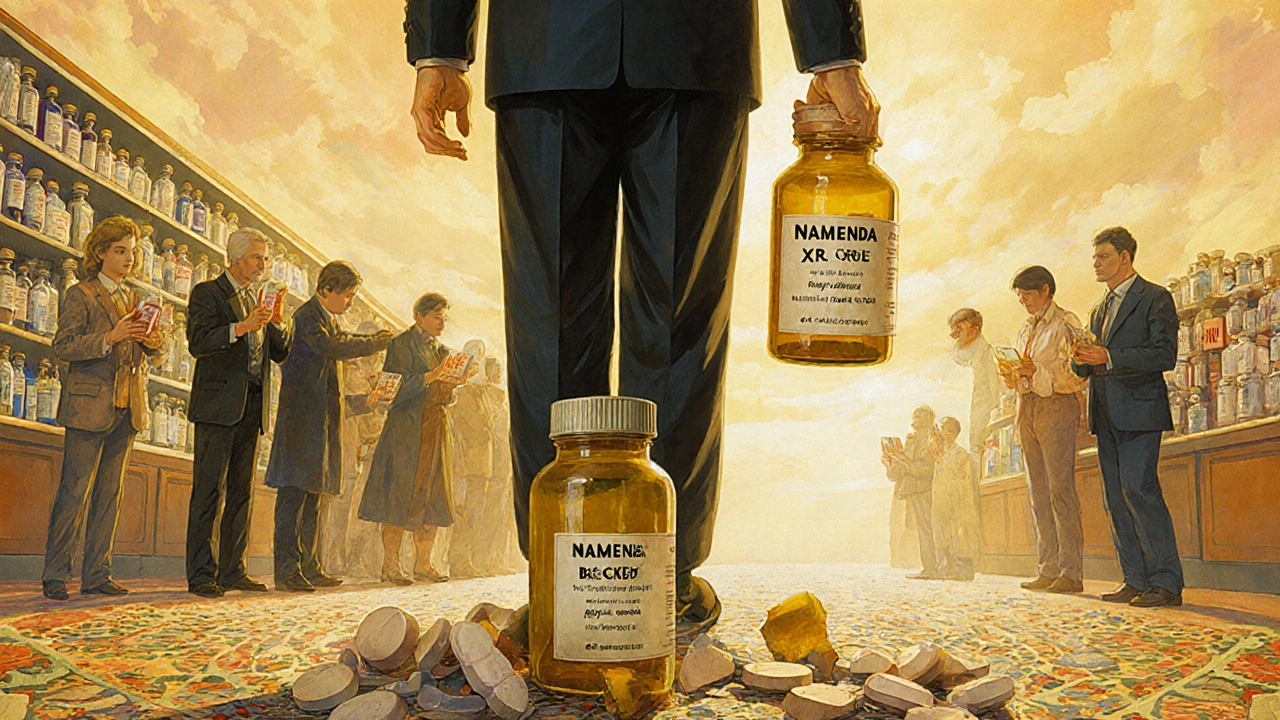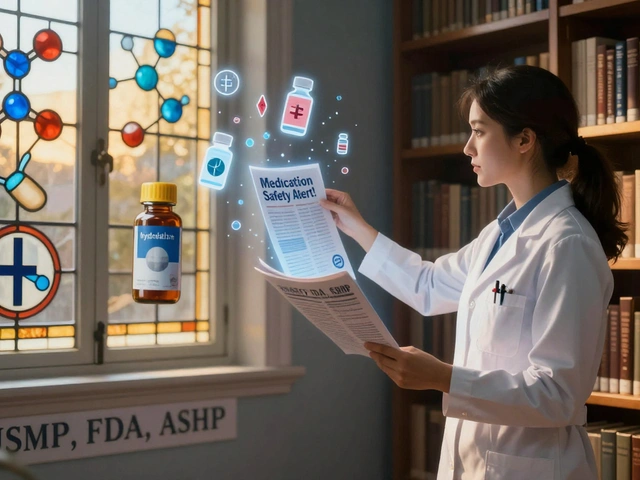Generic Substitution: What It Means and When It Works
When your pharmacist hands you a pill that looks different from what your doctor prescribed, it’s likely generic substitution, the practice of replacing a brand-name drug with a chemically identical generic version. Also known as therapeutic substitution, it’s a routine part of modern pharmacy—but not always a simple swap. The FDA requires generics to match brand drugs in active ingredients, strength, dosage form, and how they’re absorbed by the body. That’s called bioequivalence, the measure that proves a generic drug performs the same way as the brand. But bioequivalence doesn’t mean every patient will react the same way—and that’s where things get messy.
Some people switch from brand to generic without issue. Others notice changes: a different pill shape, a new filler ingredient, or even a shift in how the drug works. That’s not because generics are weaker—it’s because the inactive ingredients, like dyes or binders, can affect how quickly the drug dissolves. For drugs with a narrow therapeutic window—like warfarin, cyclosporine, or levothyroxine—those tiny differences matter. A small change in absorption can throw off your INR, trigger kidney stress, or make your thyroid levels swing. That’s why switching back to brand medication isn’t just about preference—it’s sometimes a medical necessity. And when you’re on brand medication, a drug sold under a proprietary name with patent protection, your insurance might fight to keep you on the cheaper generic, even if your body doesn’t respond well.
Generic substitution isn’t just about cost. It’s about control. Who decides when you switch? Your doctor? Your pharmacist? Your insurer? The rules vary by state and pharmacy. Some states allow automatic substitution unless the doctor says "dispense as written." Others require you to opt in. And if you’ve had a bad reaction before? You need to know how to push back. The FDA bioequivalence, the standard used to approve generic drugs is based on averages—not individual responses. So while most people do fine, a small group doesn’t. That’s why posts here cover real cases: people who had to switch back from generic to brand after losing stability on warfarin, transplant patients who saw their cyclosporine levels drop, seniors who got confused by new pill colors and ended up with side effects. You’ll find guides on how to get insurance to approve a brand drug, what to ask your pharmacist, and which medications are safest to swap. This isn’t theory. It’s what happens when money meets medicine—and you’re the one holding the pill bottle.

Antitrust Issues in Generic Substitution: How Big Pharma Blocks Cheaper Drugs
Big Pharma uses legal tricks like product hopping and REMS abuse to block cheaper generic drugs, costing patients billions. Courts are starting to crack down - but the fight isn't over.
Read More




